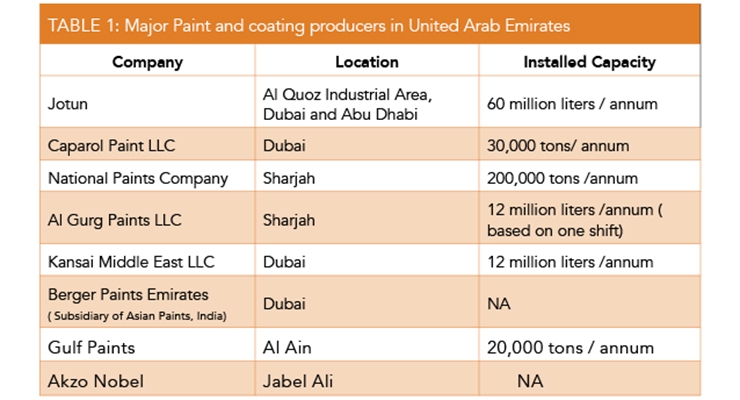Explore The Role Of Seasonal Consider The Success Of Industrial Exterior Painting And Uncover The Most Effective Times To Protect Enduring Outcomes For Your Task
Explore The Role Of Seasonal Consider The Success Of Industrial Exterior Painting And Uncover The Most Effective Times To Protect Enduring Outcomes For Your Task
Blog Article
Published By-Korsholm Skafte
When you're intending a business external painting project, seasonal aspects can make or break your results. You'll want to think about exactly how temperature and moisture impact paint application and drying times. Picking the appropriate season can guarantee your paint adheres appropriately and lasts longer. But which seasons are really the very best for this type of work? Allow's explore the crucial elements that can impact your job's success.
The Influence of Temperature on Paint Application
When you're intending an industrial outside painting task, the temperature level can considerably affect how well the paint sticks and dries out.
Ideally, you wish to repaint when temperature levels vary between 50 ° F and 85 ° F. If it's as well cold, the paint may not cure correctly, leading to issues like peeling or cracking.
On the other side, if it's as well warm, the paint can dry out too promptly, preventing proper adhesion and causing an irregular finish.
You need to also take into consideration the time of day; morning or late afternoon offers cooler temperature levels, which can be much more positive.
Constantly inspect the manufacturer's suggestions for the certain paint you're making use of, as they often provide assistance on the excellent temperature range for ideal outcomes.
Moisture and Its Effect on Drying Times
Temperature isn't the only ecological variable that influences your business exterior painting job; humidity plays a significant role too. High moisture degrees can slow down drying times drastically, impacting the general top quality of your paint work.
When the air is filled with moisture, the paint takes longer to heal, which can cause issues like inadequate bond and a higher threat of mildew growth. If you're repainting on an especially moist day, be prepared for extended delay times between coats.
It's vital to keep track of local weather and strategy appropriately. Preferably, go for moisture levels between 40% and 70% for optimum drying.
Maintaining these factors in mind ensures your job stays on track and supplies an enduring finish.
Best Seasons for Commercial Exterior Painting Projects
What's the very best time of year for your commercial external paint tasks?
Spring and early loss are commonly your best bets. During these periods, temperature levels are moderate, and moisture degrees are commonly lower, creating optimal problems for paint application and drying out.
Avoid summer's intense heat, which can trigger paint to dry too promptly, causing bad adhesion and finish. Likewise, how to clean latex paint can impede proper drying out and healing, taking the chance of the durability of your paint task.
Aim for days with temperatures between 50 ° F and 85 ° F for ideal outcomes. Bear in mind to examine the neighborhood weather report for rain, as damp conditions can wreck your project.
Planning around these factors ensures your painting task runs smoothly and lasts much longer.
Verdict
Finally, intending your business exterior painting tasks around seasonal factors to consider can make a significant difference in the end result. By organizing job during the optimal temperatures and moisture degrees, you'll make certain much better adhesion and drying times. Remember to keep over at this website on neighborhood weather report and choose the correct time of year-- springtime and very early loss are your best options. Taking these actions will assist you achieve a durable and expert surface that lasts.
